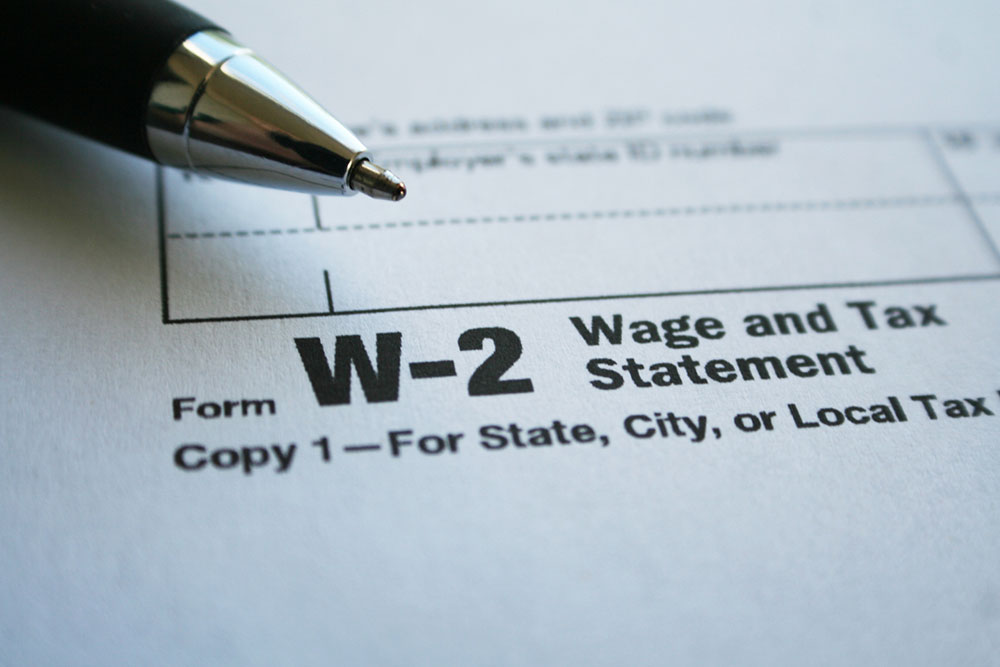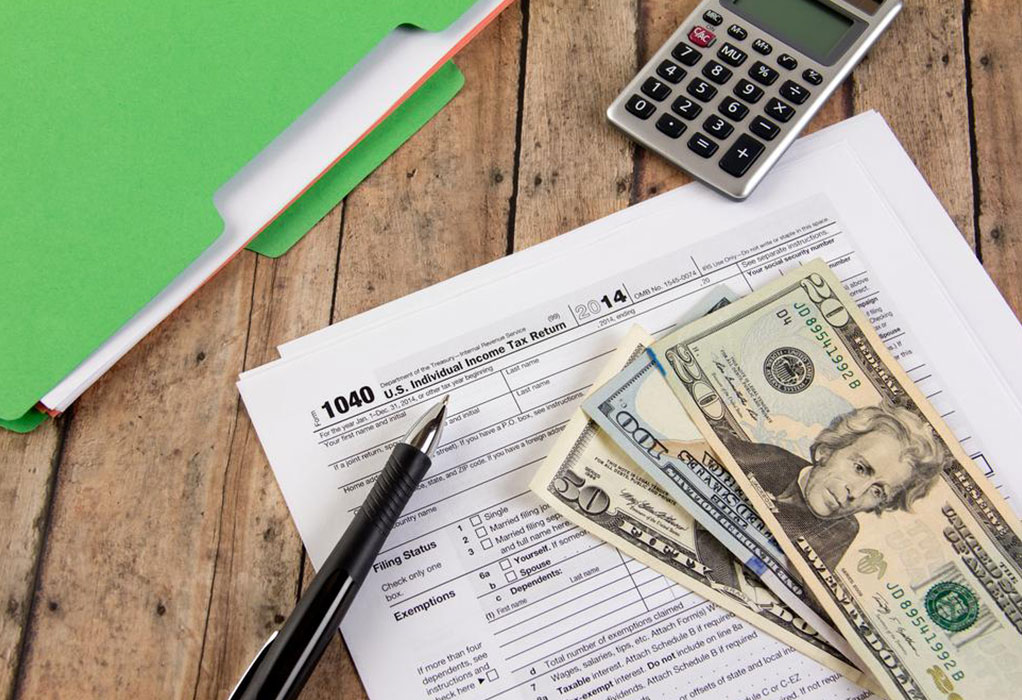Essential Insights on W-2 Tax Forms Every Employee Should Know
Understand the importance of W-2 forms for accurate tax filing. Learn about the mandatory nature of these forms, what information they include, and how to verify their accuracy. Essential for employees to ensure compliance and maximize refunds.
Sponsored

Key Information About W-2 Tax Forms
The W-2 form is a crucial document that summarizes an employee's earnings and tax withholdings from their employer. Historically called the “Wage and Tax Statement,” it’s often mistaken for the W-4 form, which is used to instruct employers on how much tax to withhold. W-2s are only for employees, not for independent contractors or freelancers, who need different documentation. Typically, you receive your W-2 in January or February after the tax year ends, especially if you earned over $600 from an employer.
This document appears complex with many boxes but is essential. Employers must send out W-2 forms to workers and relevant authorities, reflecting income and taxes paid. It's vital for tax filing because it indicates earnings and taxes already remitted. In addition, the W-2 includes data about retirement contributions, dependent care benefits, and health insurance coverage—factors influencing your overall tax return.
Here are critical points to understand about W-2 forms:
W-2 forms are necessary for tax filing
They provide the income earned and taxes paid, which are essential when preparing your tax return.
Filing a W-2 is mandatory
Employers are legally required to send copies to the Social Security Administration (“Copy A”) and tax authorities (“Copy 1”). Ignoring this can lead to issues with the IRS and state tax agencies, especially if your state taxes income. Proper submission of your W-2 is non-negotiable.
W-2 contains more than just income data
Beyond wages and tips, it discloses retirement contributions, benefits received, and employer-paid health insurance. These details can affect your taxable income, such as tax-free retirement contributions.
Check for errors on your W-2
Review your W-2 carefully for mistakes—typos, incorrect amounts, or wrong boxes. Request a corrected form if needed. Accurate information ensures proper tax reporting and helps avoid IRS complications.






